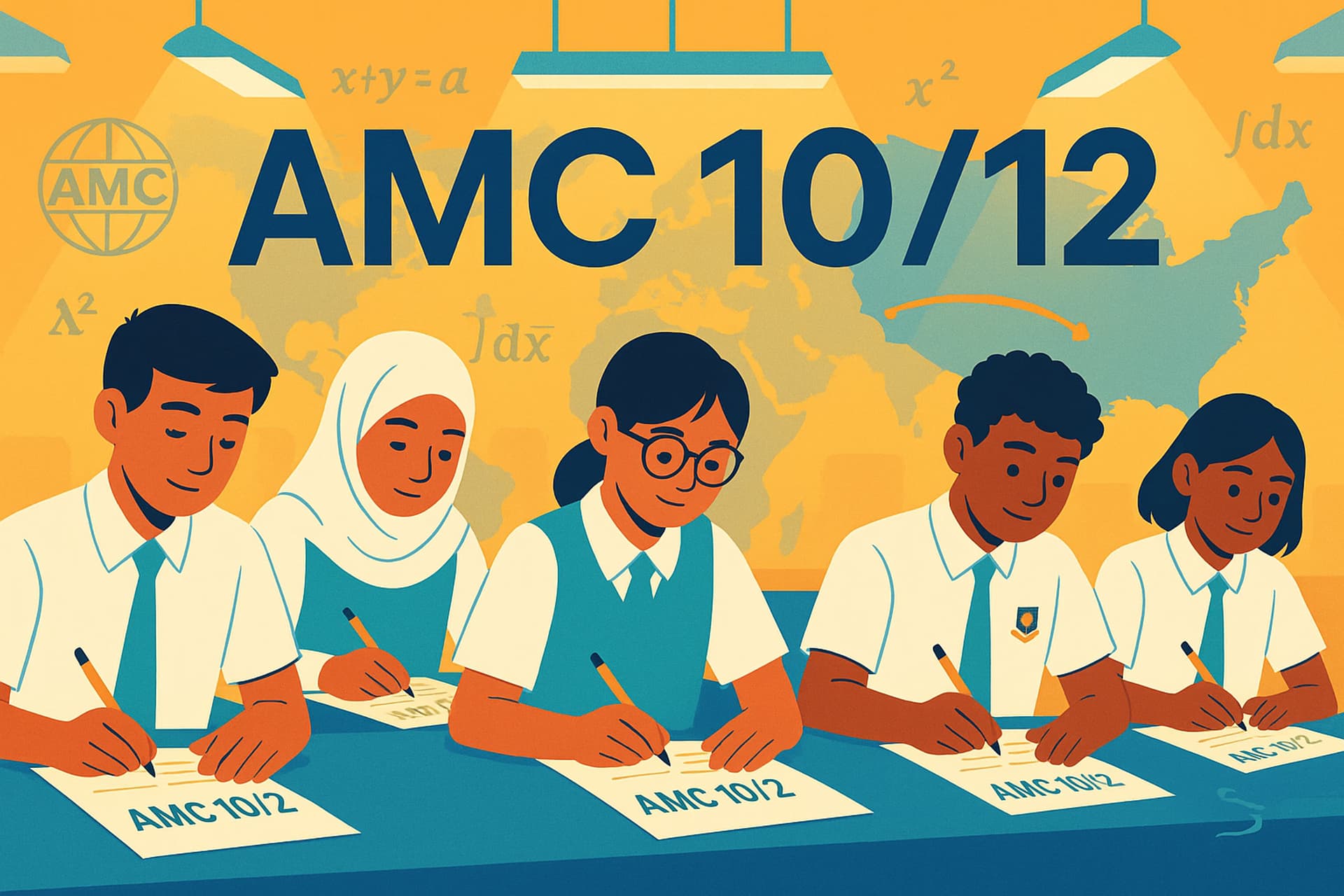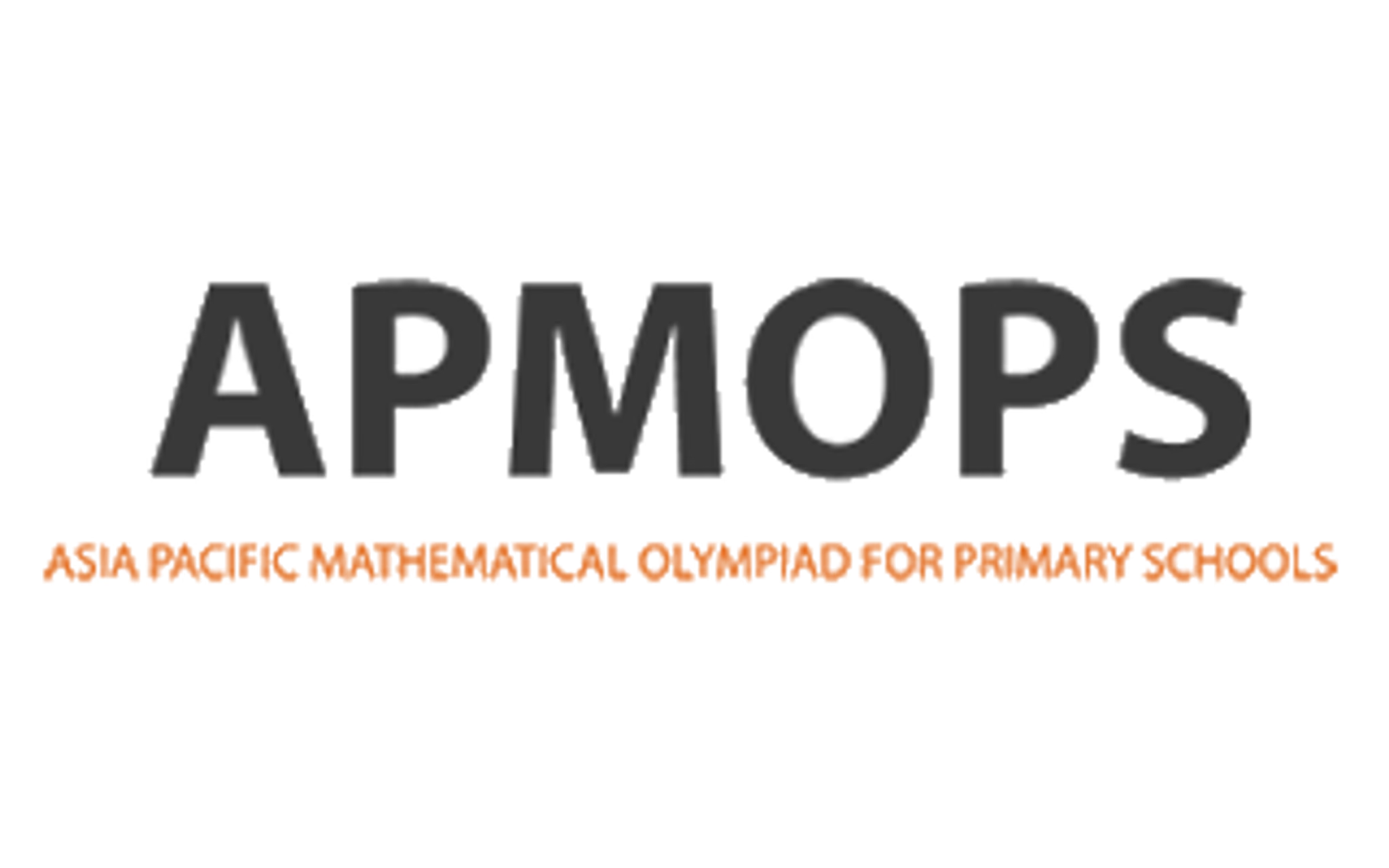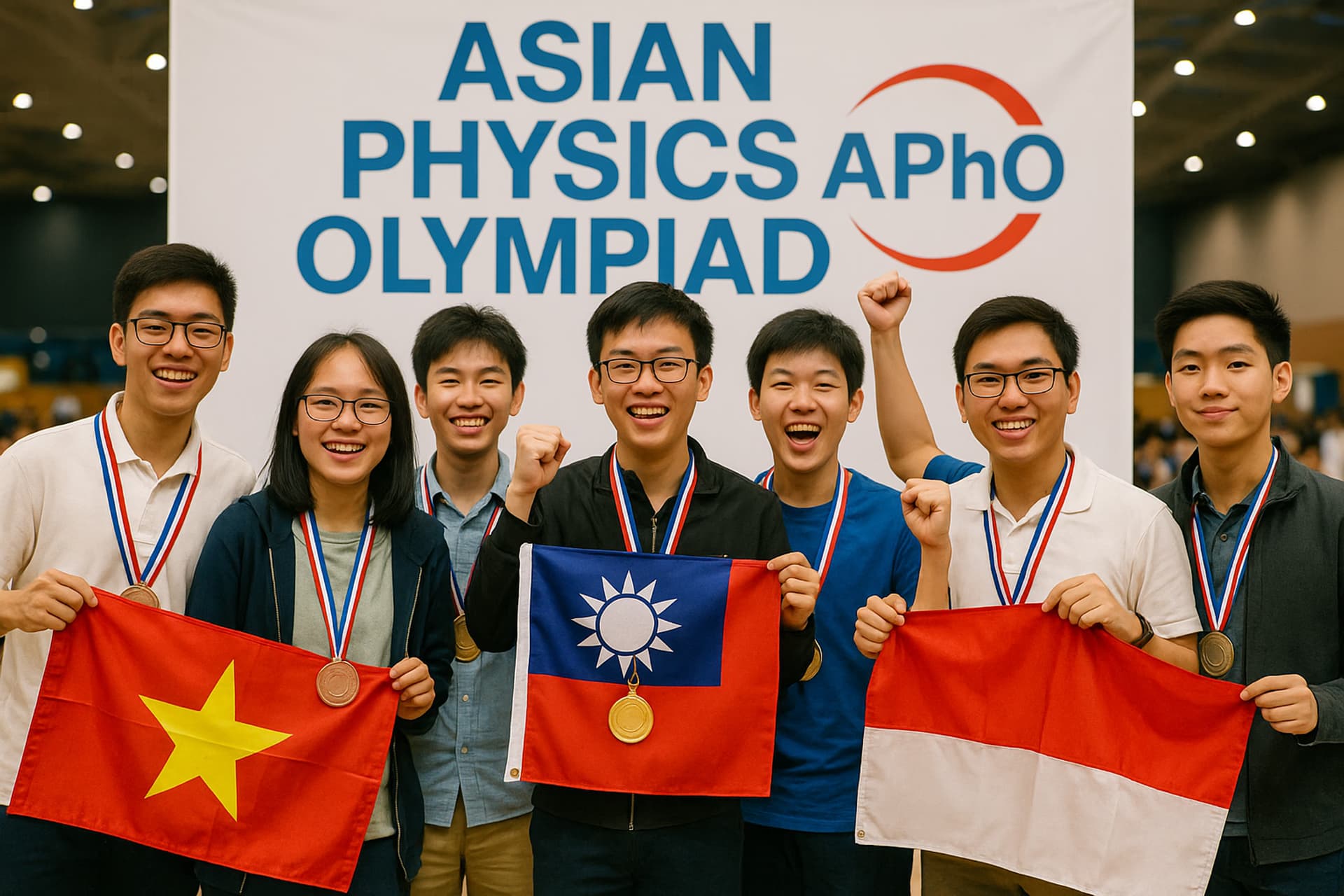International Linguistics Olympiad (IOL): Parent & IP Students' Guide
Download printable cheat-sheet (CC-BY 4.0)05 Aug 2025, 00:00 Z
Join our Telegram study groupQ: What does International Linguistics Olympiad (IOL): Parent & IP Students' Guide cover?
A: What the IOL is, its official structure and medal rules, and how national selection works.
TL;DR
The International Linguistics Olympiad (IOL) sits alongside the other international science olympiads and caps each accredited delegation at up to four pre-university contestants plus at least one team leader IOL rules & guidelines (2025 rev.).
Contestants solve five problems in a six-hour individual round, then regroup for a three- or four-hour collaborative team problem, with medals awarded at an approximate 1:2:3 gold:silver:bronze ratio covering about a quarter to a third of contestants IOL rules & guidelines (2025 rev.).
National organisers run their own qualifying contests and select the team; check your country’s official linguistics olympiad site for dates and registration.
Status: IOL rules & guidelines PDF (2025 revision) checked 2025-11-30 — team size, 6 h individual + 3–4 h team rounds, and medal ratios remain as stated; 2026 host not yet published on ioling.org.
Reinforce that logic engine with the drills in our IP Maths tuition hub so every linguistics problem doubles as algebra and combinatorics practice for school assessments.
Registration quick answer (Singapore): Students don’t enter IOL directly; each country selects a national team (in Singapore, via a local linguistics olympiad). Check the international site for structure and links to national selections: https://ioling.org/
1 What counts as “linguistics” in the IOL?
The official handbook stresses that no prior language knowledge is required; instead, problems draw on logic across phonology, morphology, syntax, semantics, sociolinguistics, historical change, pragmatics and computational linguistics IOL rules & guidelines (2025 rev.).
Expect puzzles that demand the same pattern recognition used in Maths sequences or Physics circuit analysis—identifying constraints, testing hypotheses and articulating clean solutions from unfamiliar data.
2 Contest structure & scoring
| Round | Duration | Format |




